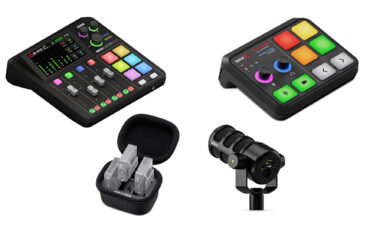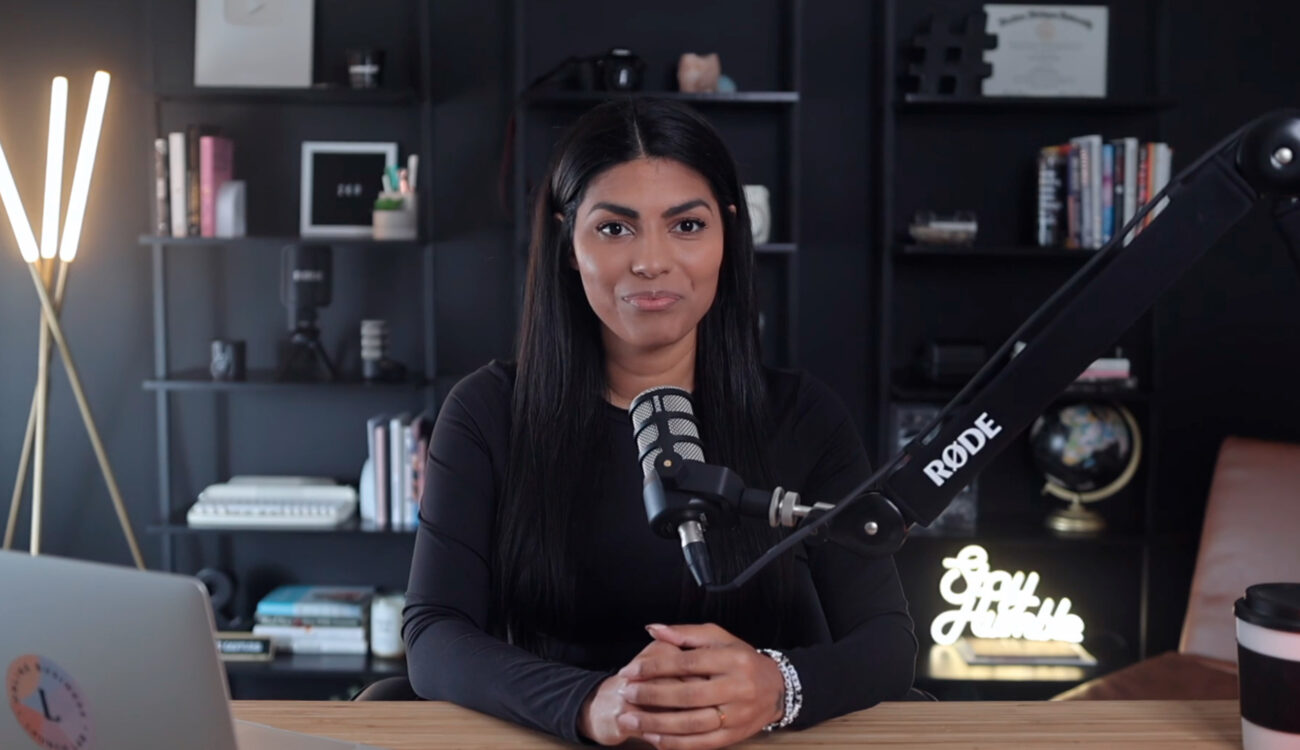
In our educational pieces here, we talk a lot about how to create an engaging video, how to write a compelling script, and how to start your own channel or podcast. We dive into visual storytelling, the art of thoughtful editing, the essential elements of sound design, you name it! Mastering your creative and producing skills is important, no doubt. Yet, even the best film in the world has no meaning if nobody sees it. So, let’s talk about promoting a podcast or video. What tips and tricks can bring the audience to you and your work? How can you secure good deals with brands and build a strong presence in social media? All that and much more follows below.
Even if you’re a rookie in marketing, there are simple steps that anyone can take to grab attention and expand their audience (or find it to begin with, in case you’re just starting out). Latasha James is an entrepreneur, marketing expert, and host of “The Freelance Friday Podcast” with thousands of listeners and viewers across different platforms. In her MZed course “How to start a podcast”, she shares various professional insights that helped her build a large listener community. In this article, we’ve highlighted the most impactful and readily implementable tips. Needless to say, these tips can be transferred to any type of content that needs promoting (including videos and social media reels, for example).
Promoting a podcast or video with captivating titles
One of the most important parts of promoting a podcast or video that creators tend to forget about is a captivating title. Episode (or video blog post) titles are the first thing people will see beyond the name of your show and thumbnail or cover artwork. If it doesn’t speak to them, they’ll keep scrolling. As a person who always needs way too much time to name her articles, I know the struggle. Yet, we want to draw in our potential listeners or viewers, so let’s learn from Latasha’s example.
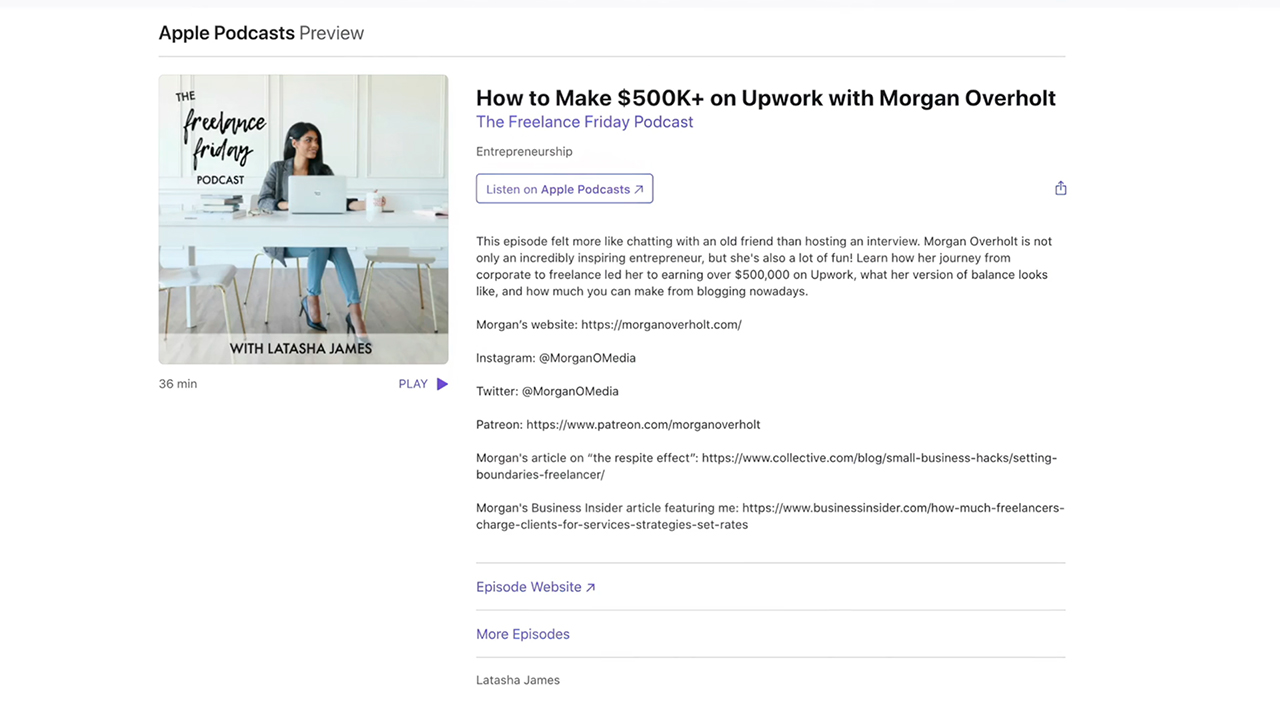
How to Start a Podcast
In the screenshot above, you see one of Latasha’s podcast episodes that performed very well in terms of clicks. As she explains, this title works for two main reasons. First, instead of just calling it “Interview with Morgan Overholt”, Latasha drew the listener’s attention with the massive amount of money that her guest earned on the platform Upwork. Some people may not have heard of this freelance designer, but they were definitely intrigued by the “how-to” part of the title. Also, the keyword “Upwork” is something Latasha’s audience finds interesting, as they often send her questions about this platform.
Well-crafted titles help the SEO
The second reason why such a title showcases a good example is that it does much better when it comes to SEO (or search engine optimization). Latasha James recommends adding keywords in your title that people might actually be searching for. This way, you increase the possibility that Google will show your podcast episode or video to those who really need your content.
At the same time, if we are talking about podcasts, Latasha says, it’s important to hold back on your final title until you’ve actually recorded the episode. In most cases, the best title will be the biggest talking point from your discussion. This might be something said as an inside joke, a quote from your guest, or the most exciting fact you learned during recording.
Show notes are essential
Apart from the title, every podcast episode, video, or vlog post has something like “show notes”, where you can provide a brief text description. Oftentimes, it is the last chance to make an impression on a potential listener. So, if your goal is to have a better reach for your content, thought-through show notes should be on your list of priorities.
This is what they can include, according to Latasha James:
- A few additional talking points, delving deeper into the title topic or exploring other related areas covered in the conversation;
- Links: either giving more information about your guests, i.e. their social media channels and products, or providing valuable data for your episode (like links to research papers, for example);
- Transcript of the current episode. Adding it to your show notes helps to make your content more accessible to everybody, and not only those who can hear your podcast;
- Your contact information, so it’s easy to get in touch with you (both for asking questions and for possible collaborations).
Choosing the right social media platform
With a compelling SEO-optimized title, keywords, and thorough show notes, there will be people who’ll find you by searching YouTube or their favorite podcast app. However, it’s only one – and at times the smallest – source from which traffic to your show may originate. According to Latasha James, using social media to expand your audience is a must nowadays.
But there are so many, you may say. How to choose the right one? Personally, I think it’s always better to focus on a maximum of two or three because to maintain “all of them” will drain you of energy completely.
Latasha agrees and recommends taking a look at your listener’s profile – something, that in the best case, you already established before starting a podcast or a channel. (If not, head over here to find some tips on how to do it). Knowing who your target group is helps you to understand which social media platform to prioritize. Some common guidelines are:
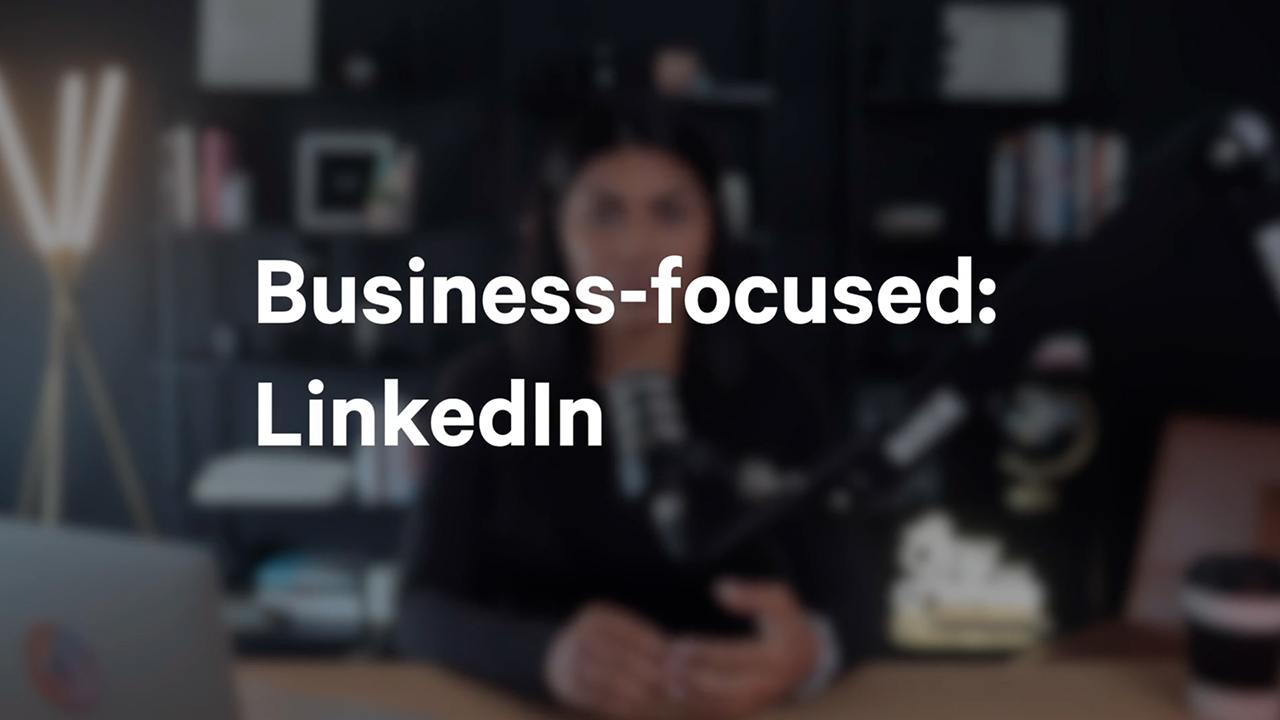
Image sources: MZed 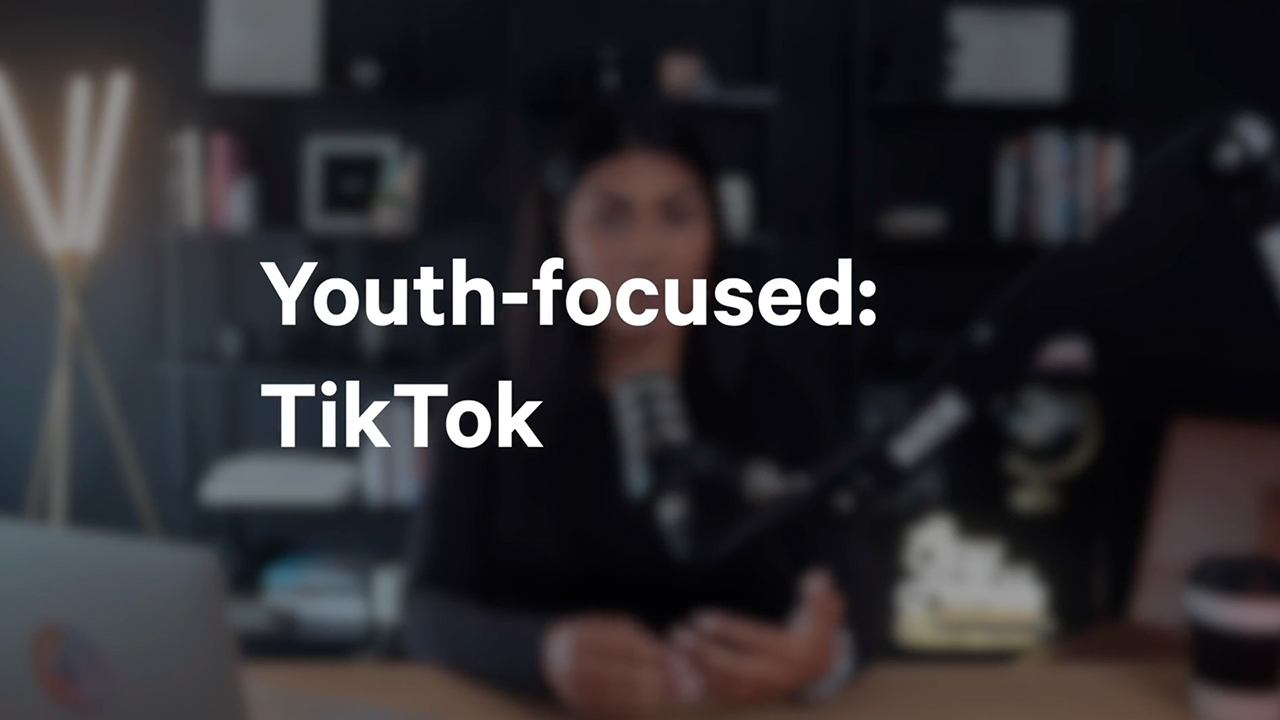
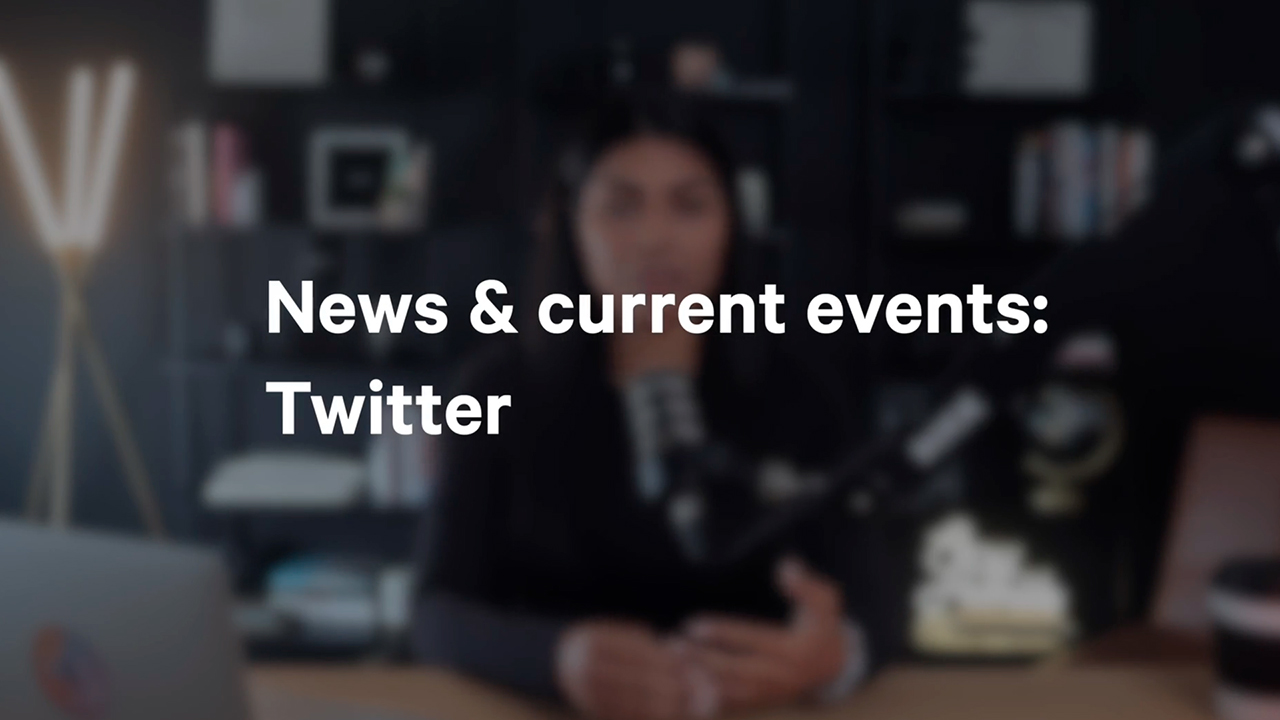
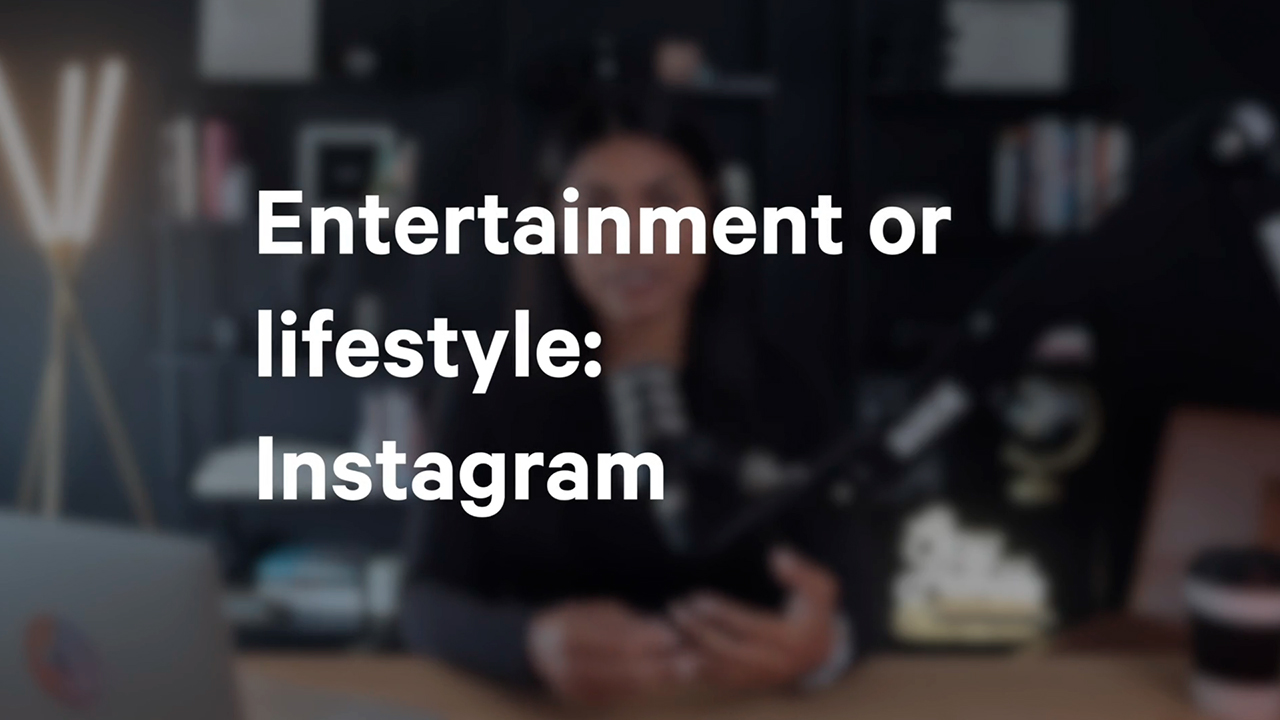
Naturally, these are only general assumptions. You never really know until you test, adds Latasha.
There are business people on TikTok, GenZ students on LinkedIn, and journalists on Instagram.
Latasha James, a quote from her MZed course
So, ideally, when you start promoting a podcast or video on social media, you should play around with different channels and note how well your content performs on each of them.
Repurposing material for promoting a podcast
Something that also helps to deal with social media overload and doesn’t cause much of a headache is repurposing your material. Especially if you create long-form content, it’s the most efficient way to kill two birds with one stone.
One tip from Latasha James here would be to pull short clips from each long episode and share them on your social media. It’s also highly recommended to customize them for every channel. For example, when your guest on a podcast talks about some business tips, take this part and upload it on LinkedIn. If your podcast discussion suddenly turned toward fashion, export some snippets for Instagram. That way, you will meet the various interests of your audience. Also, in case people follow you on different platforms, they will get fresh pieces of content from you each time they open a different app.
Another thing you can do is make a transcript of the audio and repurpose the text. One way we already talked about is to put it in your show notes for accessibility. On top of that, you can use it to create blog posts, social media captions, and an email newsletter. Nowadays, AI tools for postproduction can help you with transcripts in a matter of seconds. For making an engaging newsletter, you will also need an email provider. Latasha James uses Flodesk, for example.
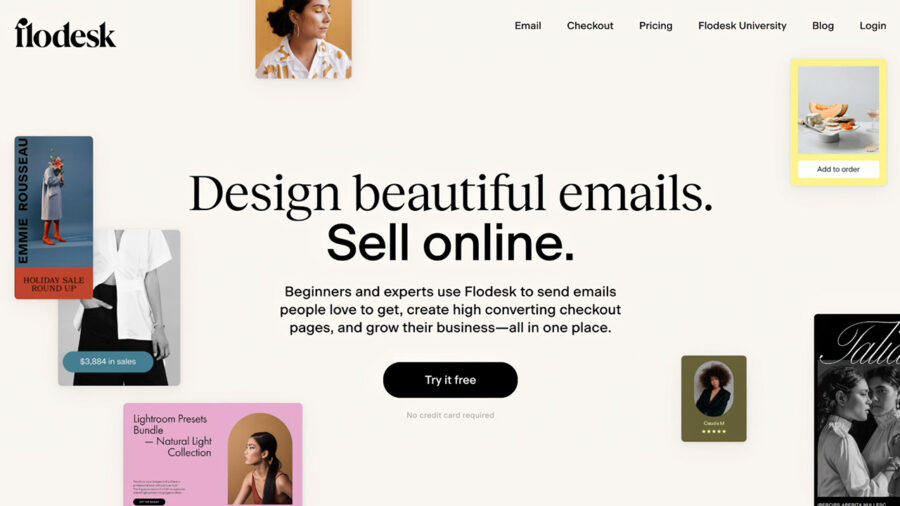
How to put together an email list
Don’t think that newsletters are too old-fashioned. According to Latasha, they help immensely in keeping your audience on track and promoting your podcast or video further. Yet, to get there you will need an email list, and that’s not always an easy type of data to gather.
Latasha James suggests creating an offer, aka a so-called lead magnet, or an opt-in. Simply put, it’s a small gift that you grant in exchange for someone’s email address. Of course, if your newsletter promises secret expert tips, behind-the-scenes pictures, or other special information, it might be reason enough to subscribe. However, at the beginning of your journey, you might need something else of value for your followers. That can be short e-books, online quizzes, challenges, free video classes, discounts for your products, or basically, any other interesting offer for your audience. Set it up to be sent to them automatically as soon as they sign up for a newsletter, and you’re good to go.
Deals with brands
A different strategy for promoting a podcast or video might be to form a collaboration with brands that you (and your audience) like. To do this, you should already have a following and create a well-crafted media kit. Think of it as a content creator’s portfolio with visually comprehensive information about your channel. For instance, here is what Latasha James’s media kit looks like:
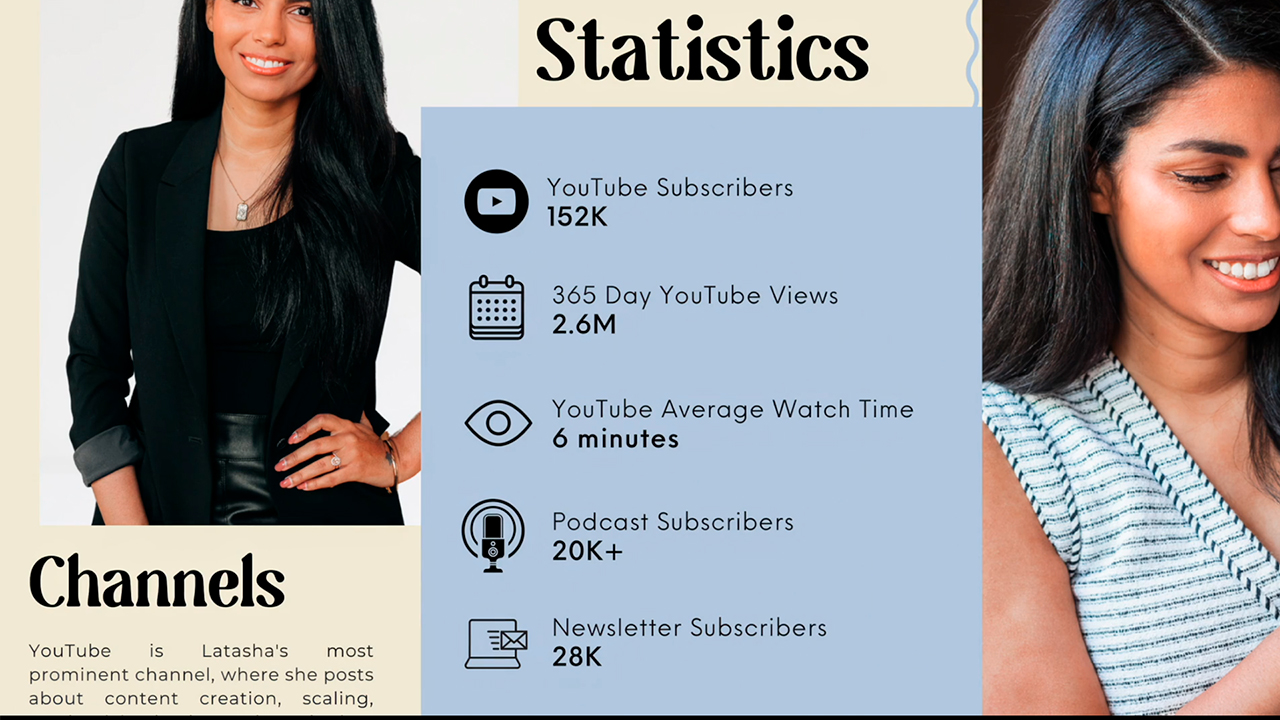
Images source: Latasha James/MZed 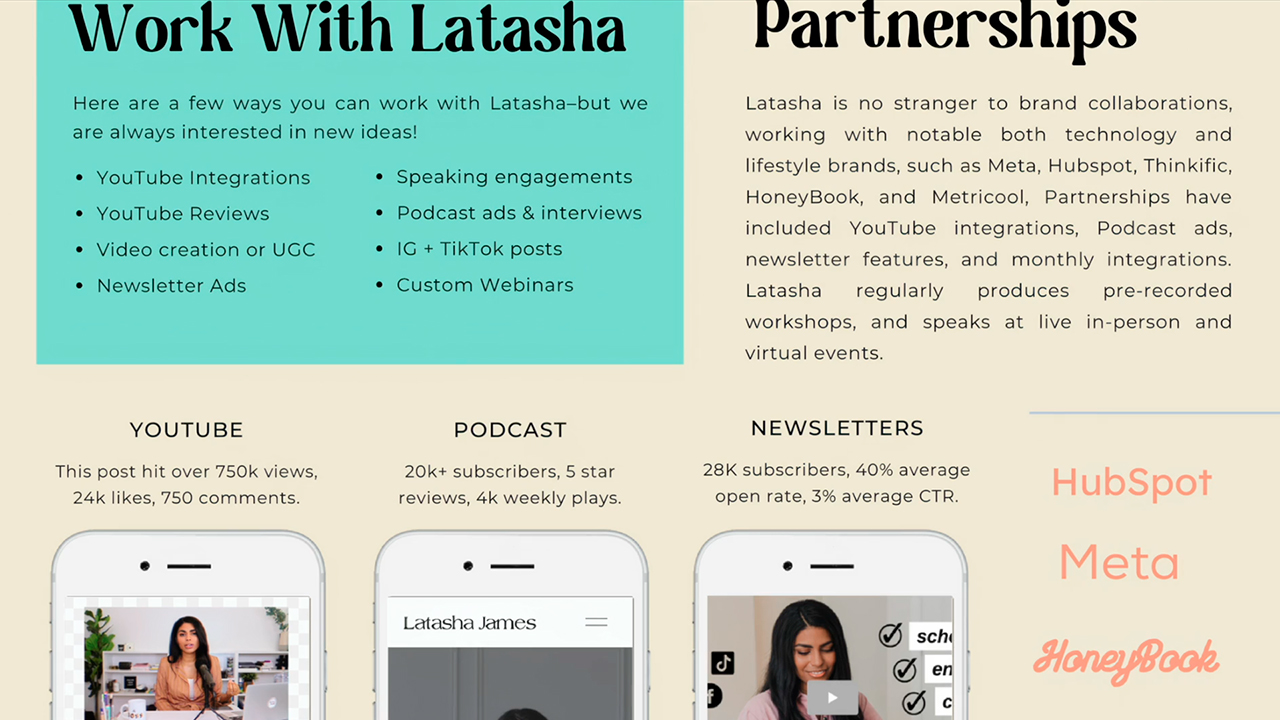
A good media kit includes key stats of the show (the number of listeners/viewers, downloads per episode, subscribers, etc.) and social media metrics that may be interesting for a brand.
Use your media kit to reach out to the companies with which you share your values, and offer them partnerships. It can be, for example, direct sponsoring (30 to 60-second ads, promoting a specific brand), or affiliate marketing. The latter brings more value to your audience because oftentimes you can offer them a discount with your affiliate link or a coupon code. At the same time, you get a small commission from each brand’s sales, so it’s a win-win, as Latasha explains.
Conclusion
Promoting a podcast or video might be a real struggle, especially if you don’t like or want to invest your time and energy into it. Learning from marketing experts is a simpler way to gather or expand your audience. So, to better grasp concepts like SEO and “show identity,” consider watching Latasha James’ full course, “How to Start a Podcast” on MZed.com.
What else do you get with MZed Pro?
As an MZed Pro member, you also get access to over 465 hours of filmmaking education, plus we’re constantly adding more courses (several in production right now).
For just $30/month (billed annually at $349), here’s a breakdown of everything you’ll receive:
- 50+ courses, over 800+ high-quality lessons spanning over 465 hours of learning.
- Highly produced courses from educators who have decades of experience and awards, including a Pulitzer Prize and an Academy Award.
- Exclusive access to ARRI Academy online courses.
- Unlimited access to stream all the content during the 12 months.
- Offline download and viewing with the MZed iOS app.
- The majority of our courses provide an industry-recognized certificate upon completion.
- Purchasing the courses outright would cost over $9,000.
- Course topics include cinematography, directing, lighting, cameras, and lenses, producing, indie filmmaking, writing, editing, color grading, audio, stunt cinematography, wildlife filmmaking, and more.
- 7-day money-back guarantee if you decide it’s not for you.
- After the first year, the annual renewal price goes down to $199 per year.
Join MZed Pro now and start watching today!
Full disclosure: MZed is owned by CineD
How did you like Latasha’s tips on promoting a podcast or video? What can you add to them? Which ways work for you in terms of expanding your audience? Let’s share the best practices in the comments below.
Feature image source: MZed.




